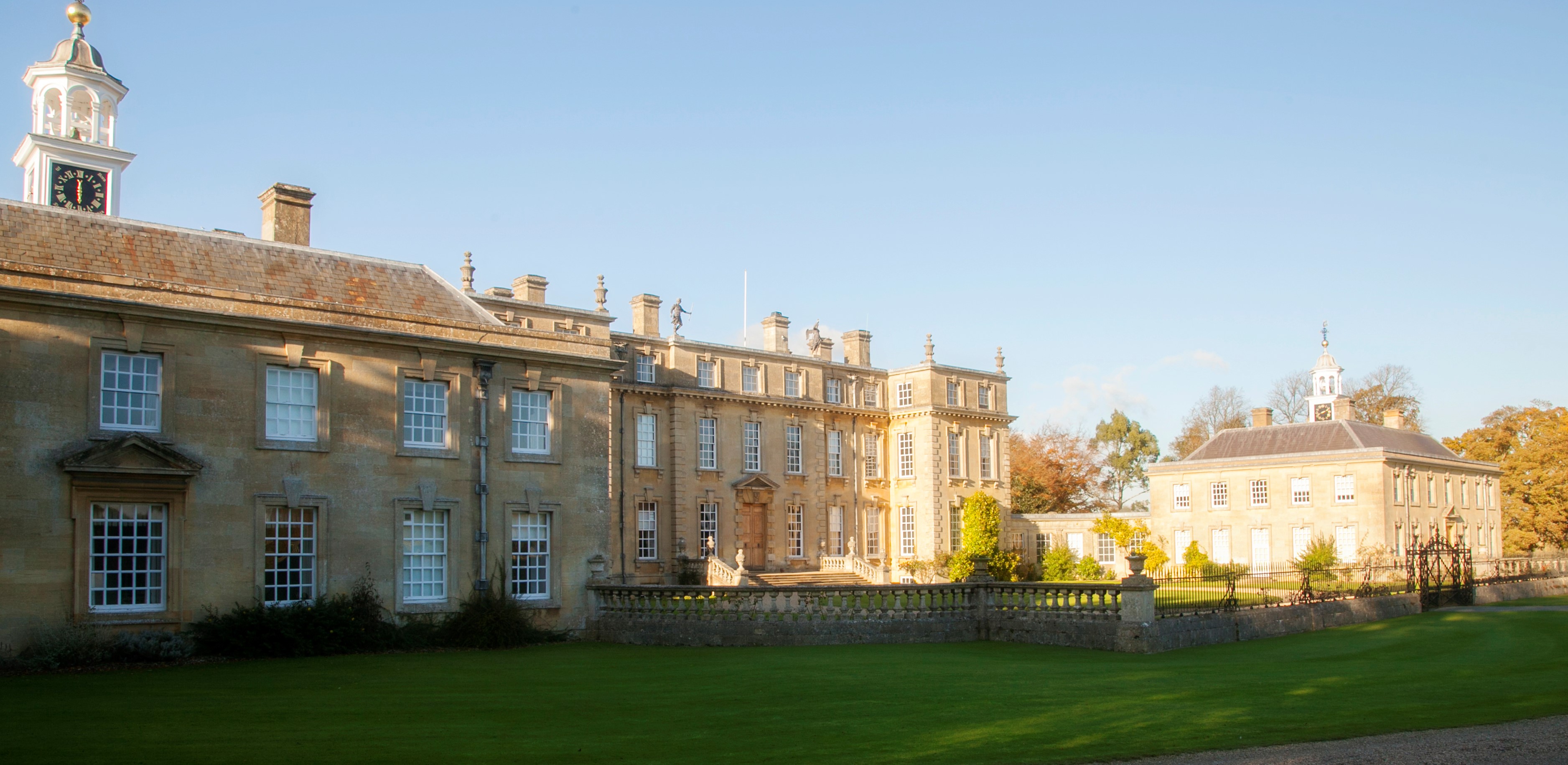Ditchley and its 300 acres of pleasure grounds are set in a further 3550 acres managed sustainably by the HDH Wills Charitable Trust which provides grants to conserve the environment and wildlife. Ditchley has been a haven for wildlife since at least 1500, creating a unique eco-system that includes many rare plants and animals and birds.
Elizabeth I
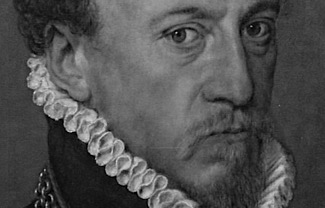 Sir Henry Lee, the first owner of the Ditchley Estate, was the champion of Elizabeth I and one of her most eminent and powerful courtiers. The famous Ditchley portrait, once at the house and now at the National Portrait Gallery, commemorates Elizabeth’s visit to Ditchley in 1592. Lee was rumoured in his own time to have been the illegitimate son of Henry VIII, which would have made him Elizabeth’s half-brother. A portrait of Henry VIII also hung in the dining room until the 1930s. A fine portrait of Sir Henry Lee with his faithful dog Bevis remains in the Velvet Room. The Lees of Ditchley are linked to the Lees of Virginia, who built the Ditchley mansion in Virginia in the 1680s, through Sir Henry Lee’s mother, Margaret Wyatt, whose school of Holbein portrait still hangs in the house. Ditchley’s connection to America thus goes back to the earliest days of the then colony. Margaret Wyatt was a witness to some of the most momentous events in British history, accompanying Queen Anne Boleyn to the scaffold for her execution for alleged adultery, treason and incest. Perhaps it was her guidance which allowed Sir Henry Lee to navigate his own proximity to royal power so successfully throughout his long life, keeping his head when many (literally) lost theirs.
Sir Henry Lee, the first owner of the Ditchley Estate, was the champion of Elizabeth I and one of her most eminent and powerful courtiers. The famous Ditchley portrait, once at the house and now at the National Portrait Gallery, commemorates Elizabeth’s visit to Ditchley in 1592. Lee was rumoured in his own time to have been the illegitimate son of Henry VIII, which would have made him Elizabeth’s half-brother. A portrait of Henry VIII also hung in the dining room until the 1930s. A fine portrait of Sir Henry Lee with his faithful dog Bevis remains in the Velvet Room. The Lees of Ditchley are linked to the Lees of Virginia, who built the Ditchley mansion in Virginia in the 1680s, through Sir Henry Lee’s mother, Margaret Wyatt, whose school of Holbein portrait still hangs in the house. Ditchley’s connection to America thus goes back to the earliest days of the then colony. Margaret Wyatt was a witness to some of the most momentous events in British history, accompanying Queen Anne Boleyn to the scaffold for her execution for alleged adultery, treason and incest. Perhaps it was her guidance which allowed Sir Henry Lee to navigate his own proximity to royal power so successfully throughout his long life, keeping his head when many (literally) lost theirs.
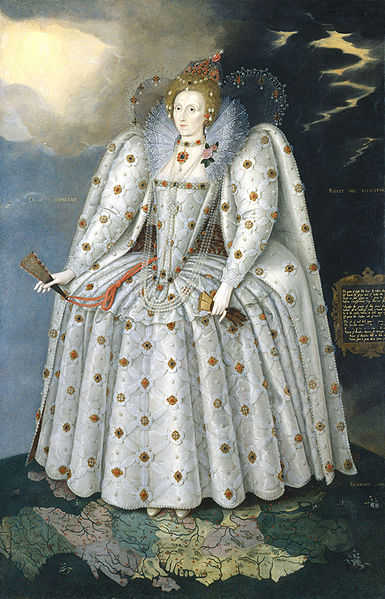
The Stuart Kings
Antlers from stags hunted by James I at Ditchley in 1610 decorate the Saloon, along with brass plaque doggerel accounts of the hunt from the poor stag’s perspective such as, “1610 August 22nd, Wednesday. In Henley Knap to hunt me King James, Prince Henry found me. Cornebury Park river to end their hunting drowned me.” But pride of place in the house is given to portraits of Charles II and his mistress Barbara Villiers. Charlotte Fitzroy, the king’s favourite daughter with Barbara, was married into the Lee family who were ennobled as the Earls of Litchfield. The second Earl replaced the old Tudor Manor House with the Palladian early Georgian Mansion that stands today. When the Litchfield line died out then the estate passed to the Dillon family, related to the Lees by marriage. Unlike many grand houses, Ditchley was not altered in Victorian times and remains almost entirely Georgian in style. The greatest paintings were given to the nation by the Dillon family in the 1930s but much of the centuries of history remains intact and in situ.
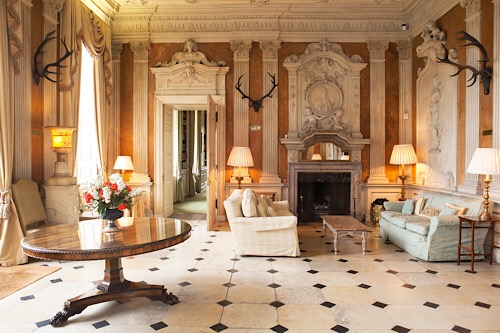
Ronnie and Nancy Tree
Ronnie and Nancy Tree were wealthy Anglo-Americans of excellent taste. They fell in love with and bought Ditchley in 1933, transforming it into one of the most beautiful and fashionable houses in the country. The completion of restorations was marked by a famous red and white ball for a thousand guests. The late Duchess of Devonshire wrote of this period, “In my long and spoilt life I have been to many beautiful places and met many fascinating people but I have never seen the like of Ditchley and Nancy”. Nancy went on to become the famous decorator Nancy Lancaster, working closely if turbulently with John Fowler. Ronnie and Nancy may have loved beauty but they were also serious people who worked to the point of exhaustion during the war to win American support, on various levels, for the people of the UK.
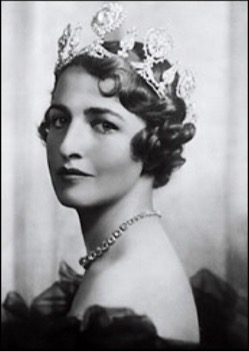
Churchill and the history he made here
Ronnie Tree, a Conservative MP and strong supporter of rearmament, was a close friend of Anthony Eden and his circle including Winston Churchill visited Ditchley in the 1930s. When Churchill became war time prime minister he asked to use Ditchley as his secret weekend retreat when the “moon was high” as his official residence, Chequers, was too exposed to the risk of German attack. Churchill visited 13 times in the early years of the war and, amongst a range of significant meetings here, hosted US Presidential envoy Harry Hopkins in order to persuade him of the case for American military support. Letters from Clementine Churchill describe Churchill and Hopkins talking late into the night in the library, where Ditchley plenary sessions are now held. The chairman of a Ditchley conference stays in the bedroom used by Churchill.
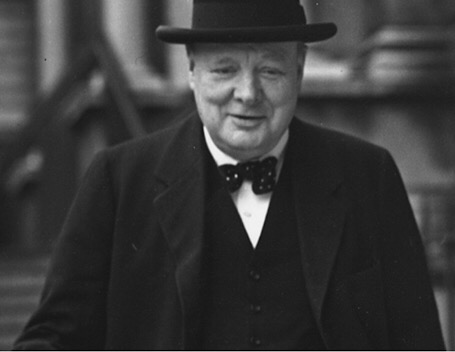
HM Queen Elizabeth II
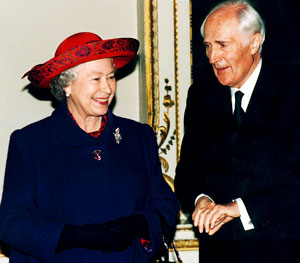
The late Queen first visited Ditchley as Princess Elizabeth to attend Ronnie Tree’s farewell ball in 1947. In 1959 she returned to plant a tree to mark Sir David Wills’ launch of the Ditchley Foundation. In 1995 she visited again to unveil the bust of David Wills that stands on the Great Hall table. HRH the Duke of Edinburgh chaired a Ditchley conference in 1976 to mark the bicentenary of the United States.
Ditchley Park staff
Everyone who visited the Trees’ Ditchley remembered Mr Collins, the handsome butler. Butlers remain a Ditchley tradition. Ditchley’s former butler Mr Rick Fink runs a butler school at Ditchley to this day, training a new generation. Mr Ian Scott Hunter succeeded him serving Ditchley superbly for 16 years.
Ditchley’s gamekeepers in the Nancy era were Mr and Mr Starling, a father and son team. The legendary American war correspondent Ed Murrow began a great speech at Ditchley’s 1962 conference on ‘the Atlantic future’ by recalling a day’s shooting with Starling, who had “complimented” him that he must have once been quite a good shot. The Ditchley estate gamekeeper today retains his predecessor’s wit as well as his aim.
Ditchley Park is maintained and serviced by a superb in house team.
